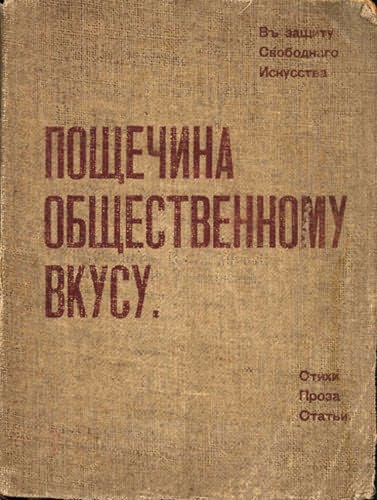Thomas Ort: Art and Life in Modernist Prague: Karel Čapek and his Generation, 1911-1938 (2013)
Filed under book | Tags: · 1910s, 1920s, 1930s, art, art history, austria-hungary, avant-garde, cubism, czechoslovakia, history of literature, literature, philosophy, poetry

“In most histories of Europe before the First World War, modern life in Habsburg Mitteleuropa takes on a decidedly gloomy cast. Centering on Vienna in the twilight years of the Austro-Hungarian Empire, such accounts describe the failure of rationalism and the rise of a dangerous politics of fantasy. This book tells a different story, highlighting a generation of Czech writers and artists distinguished by their affirmative encounter with the modern world in the first decades of the twentieth century. Novelist and playwright Karel Čapek, along with other members of his cohort, embraced the possibilities of the post-Habsburg era. Tracing the roots of Čapek’s generation to cubist art and turn-of-the-century philosophy, author Thomas Ort shows that the form of modernism they championed led not into the thickets of fascism or communism but in fact closer to liberal political ideals.”
Publisher Palgrave Macmillan, 2013
Palgrave Studies in Cultural and Intellectual History series
ISBN 1137188863, 9781137188861
276 pages
Sybil Gordon Kantor: Alfred H. Barr, Jr. and the Intellectual Origins of the Museum of Modern Art (2003)
Filed under book | Tags: · 1920s, 1930s, 1940s, abstract art, art, art history, biography, cubism, museum

“Growing up with the twentieth century, Alfred Barr (1902-1981), founding director of the Museum of Modern Art, harnessed the cataclysm that was modernism. In this book—part intellectual biography, part institutional history—Sybil Gordon Kantor tells the story of the rise of modern art in America and of the man responsible for its triumph. Following the trajectory of Barr’s career from the 1920s through the 1940s, Kantor penetrates the myths, both positive and negative, that surround Barr and his achievements.
Barr fervently believed in an aesthetic based on the intrinsic traits of a work of art and the materials and techniques involved in its creation. Kantor shows how this formalist approach was expressed in the organizational structure of the multidepartmental museum itself, whose collections, exhibitions, and publications all expressed Barr’s vision. At the same time, she shows how Barr’s ability to reconcile classical objectivity and mythic irrationality allowed him to perceive modernism as an open-ended phenomenon that expanded beyond purist abstract modernism to include surrealist, nationalist, realist, and expressionist art.
Drawing on interviews with Barr’s contemporaries as well as on Barr’s extensive correspondence, Kantor also paints vivid portraits of, among others, Jere Abbott, Katherine Dreier, Henry-Russell Hitchcock, Philip Johnson, Lincoln Kirstein, Agnes Mongan, J. B. Neumann, and Paul Sachs.”
Publisher MIT Press, 2003
ISBN 0262611961, 9780262611961
472 pages
Review: Ralph A. Smith (J Aesthetic Education)
Comment (0)A Slap in the Face of Public Taste: In Defense of Free Art: Poems, Prose, Essays (1912) [Russian]
Filed under book | Tags: · avant-garde, cubism, futurism, literature, poetry, russia

A famous Russian futurist book is bound in sackcloth and printed on wrapping paper. It opens with a manifesto signed by David Burliuk, Alexander Kruchenykh, Vladimir Mayakovsky, and Viktor Khlebnikov, followed by two essays by David Burliuk on cubism and on texture [both signed Nikolai Burliuk], verse by Khlebnikov and Benedikt Livshits, and four prose sketches by Wassily Kandinsky.
Poshechina obshestvennomu vkusu. V zashchitu svobodnogo iskusstva. Stikhi, proza, stat’i (Пощёчина общественному вкусу. В защиту свободного искусства: Стихи, проза, статьи)
Publisher Georgy L. Kuzmin, Moscow, Dec 1912
114 pages
Wikipedia (Russian)
Commentary (from a book on the aesthetics and ideology of speed in Russian avant-garde by Tim Harte)
Sound recording of Kandinsky’s poem To See
Russian avant-garde on Monoskop wiki

